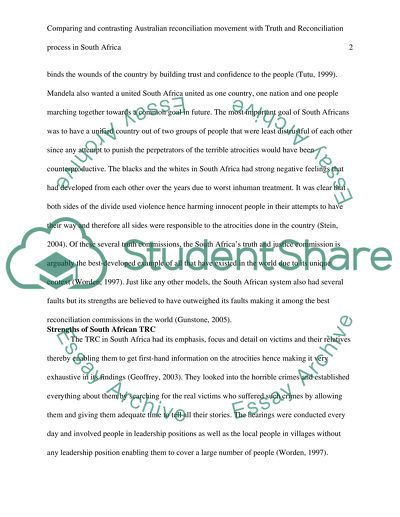Cite this document
(“Compare & Contrast Australia's 'Reconciliation Movement with the Essay”, n.d.)
Compare & Contrast Australia's 'Reconciliation Movement with the Essay. Retrieved from https://studentshare.org/sociology/1485594-compare-contrast-australiayies-ychreconciliation
Compare & Contrast Australia's 'Reconciliation Movement with the Essay. Retrieved from https://studentshare.org/sociology/1485594-compare-contrast-australiayies-ychreconciliation
(Compare & Contrast Australia'S 'Reconciliation Movement With the Essay)
Compare & Contrast Australia'S 'Reconciliation Movement With the Essay. https://studentshare.org/sociology/1485594-compare-contrast-australiayies-ychreconciliation.
Compare & Contrast Australia'S 'Reconciliation Movement With the Essay. https://studentshare.org/sociology/1485594-compare-contrast-australiayies-ychreconciliation.
“Compare & Contrast Australia'S 'Reconciliation Movement With the Essay”, n.d. https://studentshare.org/sociology/1485594-compare-contrast-australiayies-ychreconciliation.


